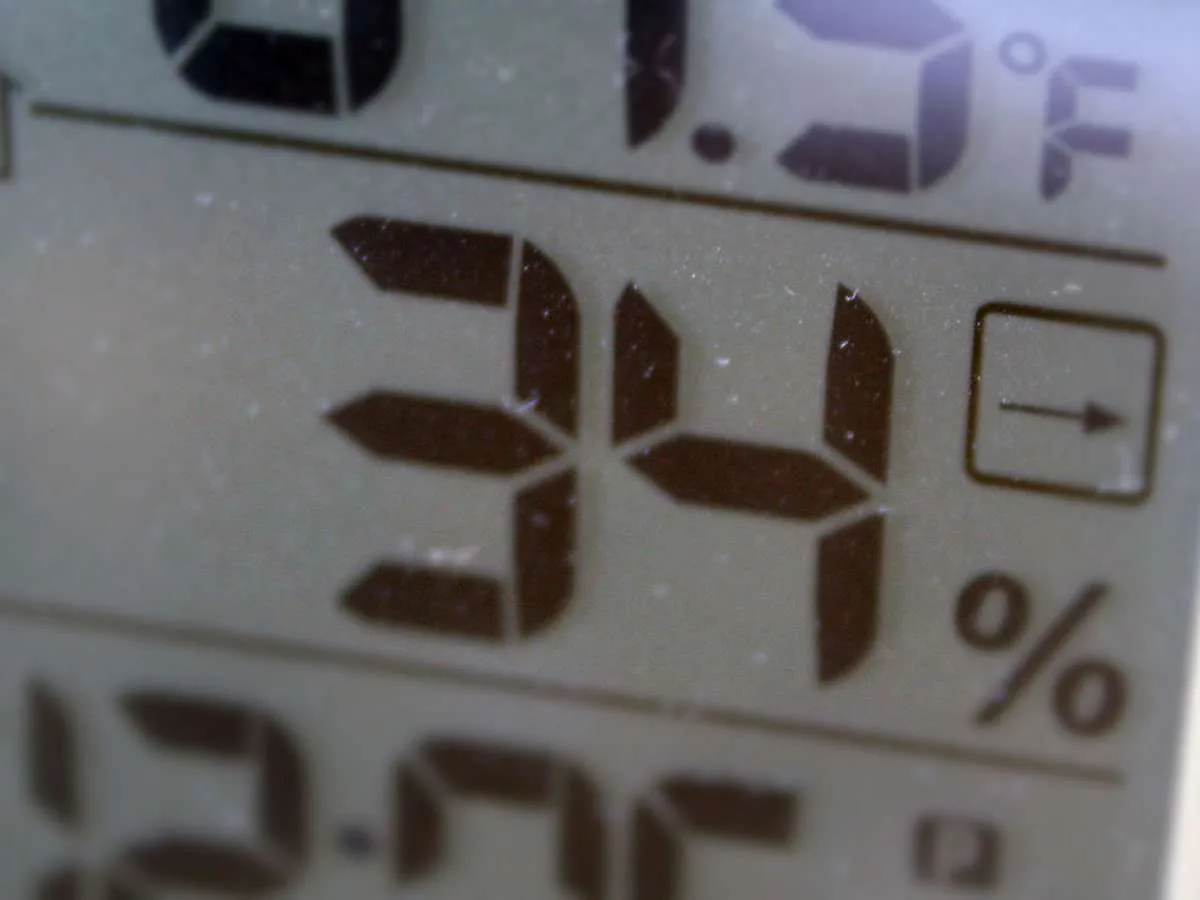Humidity, or the amount of water vapor in the air, significantly influences our comfort and weather patterns.
High humidity can make the air feel sticky and uncomfortable, while low humidity can lead to dry skin and a crisp atmosphere.
One factor that plays a crucial role in determining humidity levels is air pressure.
The Connection Between Air Pressure and Humidity

The Role of Air Pressure
How does air pressure affect humidity? Here’s how:
- High Pressure – When air pressure is high, it indicates a descending mass of air. As this air descends, it compresses and warms, reducing its ability to hold moisture. This often results in lower humidity levels and clear, sunny weather.
- Low Pressure – Conversely, low pressure signifies a rising mass of air. As the air ascends, it cools and expands, becoming less able to hold moisture. This can lead to increased humidity, cloud formation, and precipitation.
The Role of Temperature
Temperature also plays a significant part in the relationship between air pressure and humidity.
Warmer air can hold more moisture than colder air.
Therefore, in a high-pressure system, even if the air mass is relatively dry, it can still feel humid if the temperature is high.
Other Things That Affect Humidity
- Geographic Location – Coastal regions tend to have higher humidity levels due to the proximity of large bodies of water.
- Seasons – Humidity levels often vary throughout the year, with higher humidity during warmer months and lower humidity during colder months.
- Topographic Features – Mountains and hills can affect humidity patterns, as they can influence air currents and precipitation.

Real-World Examples
Here are a few examples of the ways that humidity and air pressure work together:
- Summer Heat Waves – During summer heat waves, high temperatures combined with high humidity can create uncomfortable and potentially dangerous conditions.
- Desert Climates – Deserts often experience low humidity due to the arid conditions and lack of moisture sources.
- Tropical Rainforests – Tropical rainforests are known for their high humidity levels, which contribute to lush vegetation and abundant rainfall.
The Bottom Line
By understanding the relationship between air pressure and humidity, hopefully you can better appreciate the factors that influence the weather and your personal comfort.




